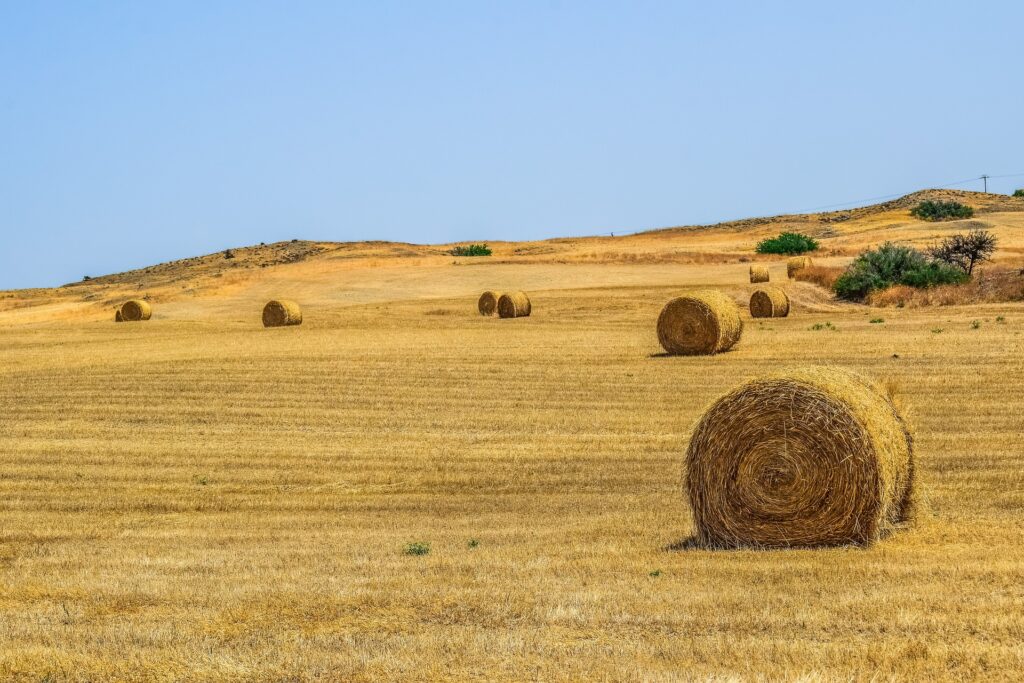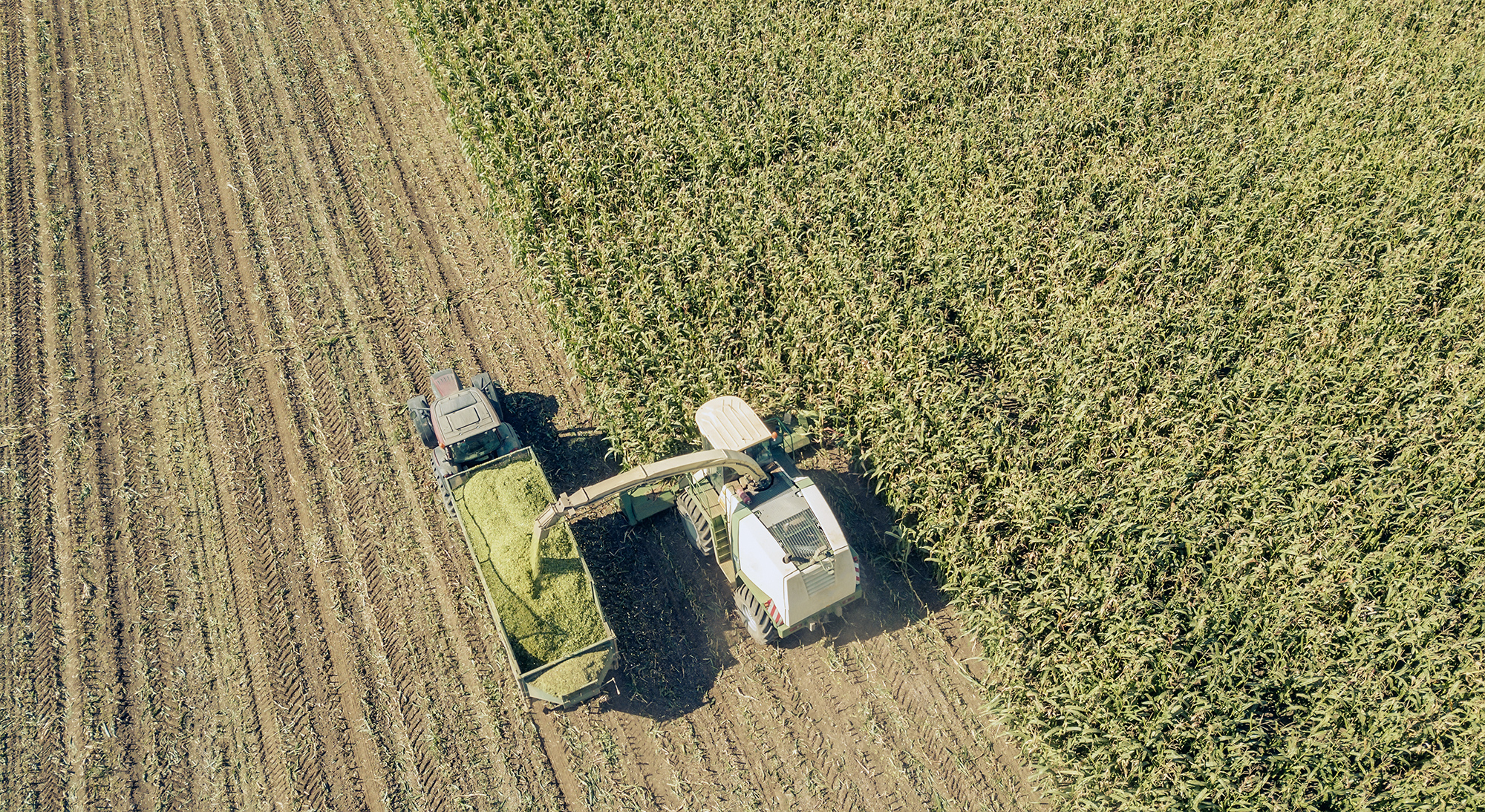BirdLife on the CAP strategic plans: Transition to sustainable agriculture nowhere to be found

The new Common Agricultural Policy (CAP) is supposed to support the transition towards more sustainable agriculture, putting the climate and biodiversity crises at its core. The CAP strategic plans (CSPs) were supposed to be the tools to put this practice, but our latest assessment shows it is far from it.
As the European Commission is intensely analysing the submitted CSPs to deliver their verdict in the form of observation letters, BirdLife Partners in eight countries – Austria, Cyprus, Germany, Italy, Netherlands, Poland, Slovenia, Spain – also looked at their country’s CSP to offer their point of view.
While the challenges and issues differ from country to country, the overall picture is clear and rather grim. CAP strategic plans are far from what is needed to address numerous challenges related to food and farming. The funds that take 1/3rd of the EU budget are unlikely to drive the transformation in agriculture both our planet, and farmers themselves desperately need. Instead, they are likely to lock farmers in an unsustainable agricultural model, that will fuel the climate crisis, contribute to the eradication of biodiversity, and destroy the livelihood of farmers.
The main findings from our analysis show that:
- CAP funds (particularly voluntary coupled support, investment support, but also AECMs and eco-schemes) are likely to continue driving intensification, subsidize the livestock sector and support actions that are likely to cause environmental harm. The continuation of environmentally harmful subsidies has enormous cost for society and locks in resources that could be used to deliver nature positive outcomes as outlined in the recent study Financing Our Survival: Building a Nature Positive Economy through Subsidy Reform.
- Weak conditionality fails to provide adequate protection for water, wetlands, and peatlands and to create space for nature on farms. This results from an inadequate EU framework allowing various exemptions and from an unambitious national implementation. Shaky baseline puts in question whole green architecture and its ability to deliver higher level of environmental and climate ambition.
- Eco-schemes fail to deliver environmental benefits and are even likely to cause environmental harm. Eco-schemes are the novel instrument of this CAP reform, and should direct 25% of the 1st pillar funds towards climate and environment-friendly practices. Even if some good schemes have been included, they are usually underfunded. A large part of the ring-fenced funds of eco-schemes supports ineffective greening-type measures or other practices with questionable environmental benefits. This observation is in line with findings of our previous assessment from November 2021
- Agri-environment-climate measures support fake schemes while effective schemes are underfunded or unattractive to farmers. It seems that Member States have not used the CAP reform to revamp and improve the environment and climate delivery of the existing agri-environment programmes, but have instead opted for the continuation of the same schemes and small tweaks. Similar to eco-schemes, resources allocated to agri-environment-climate measures support “fake schemes” with questionable environmental delivery. This poses a question to what extent the 35% ringfencing under the 2nd pillar truly delivers for environment and climate.
More details on national CSPs:
- BirdLife Austria’s observations on the Austrian CAP strategic plan
- BirdLife Cyprus’ observations on the Cypriot CAP strategic plan
- NABU’s (BirdLife in Germany) observations on the German CAP strategic plan
- LIPU’s (BirdLife in Italy) observations on the Italian CAP strategic plan
- VBN’s (BirdLife in the Netherlands) observations on the Dutch CAP strategic plan
- OTOP’s (BirdLife in Poland) observations on the Polish CAP strategic plan
- DOPPS’s (BirdLife in Slovenia) observations on the Slovenian CAP strategic plan
- SEO/BirdLife Spain’s observation on the Spanish CAP strategic plan
The transformation of European food and farming systems is needed more than ever and not only to fulfil targets set out by the European Green Deal and the Farm to Fork & Biodiversity. But even more importantly, it is crucial because if farming isn’t put on the path towards sustainability and agroecology, the already devastating destruction of our ecosystems will accelerate, and will threaten Europe’s ability to produce food in the long-term. The time to act is short, and Europe cannot wait another five years for another disappointing CAP “reform”. This is the EU’s one shot at making this CAP actually be good for our planet.
And to do that, the European Commission must give a clear signal to Member States that serious improvements of their CAP strategic plan’s is a requirement for their approval. Their plans must eliminate harmful subsidies, include strong conditionality, and redirect funds from ineffective land management schemes and practices to activities that will actually for nature and the climate. Failing to do this, the CAP will lose all remnants of its already tainted legitimacy.
This work follows and complements previous assessments done by BirdLife and the EEB CAP Strategic Plans – are they likely to deliver on given promises?
Image credit: dimitrisvetsikas1969
You might also be interested in:
 | Stichting BirdLife Europe gratefully acknowledges financial support from the European Commission. All content and opinions expressed on these pages are solely those of Stichting BirdLife Europe. The European Commission is not responsible for any use that may be made of the information it contains. |









